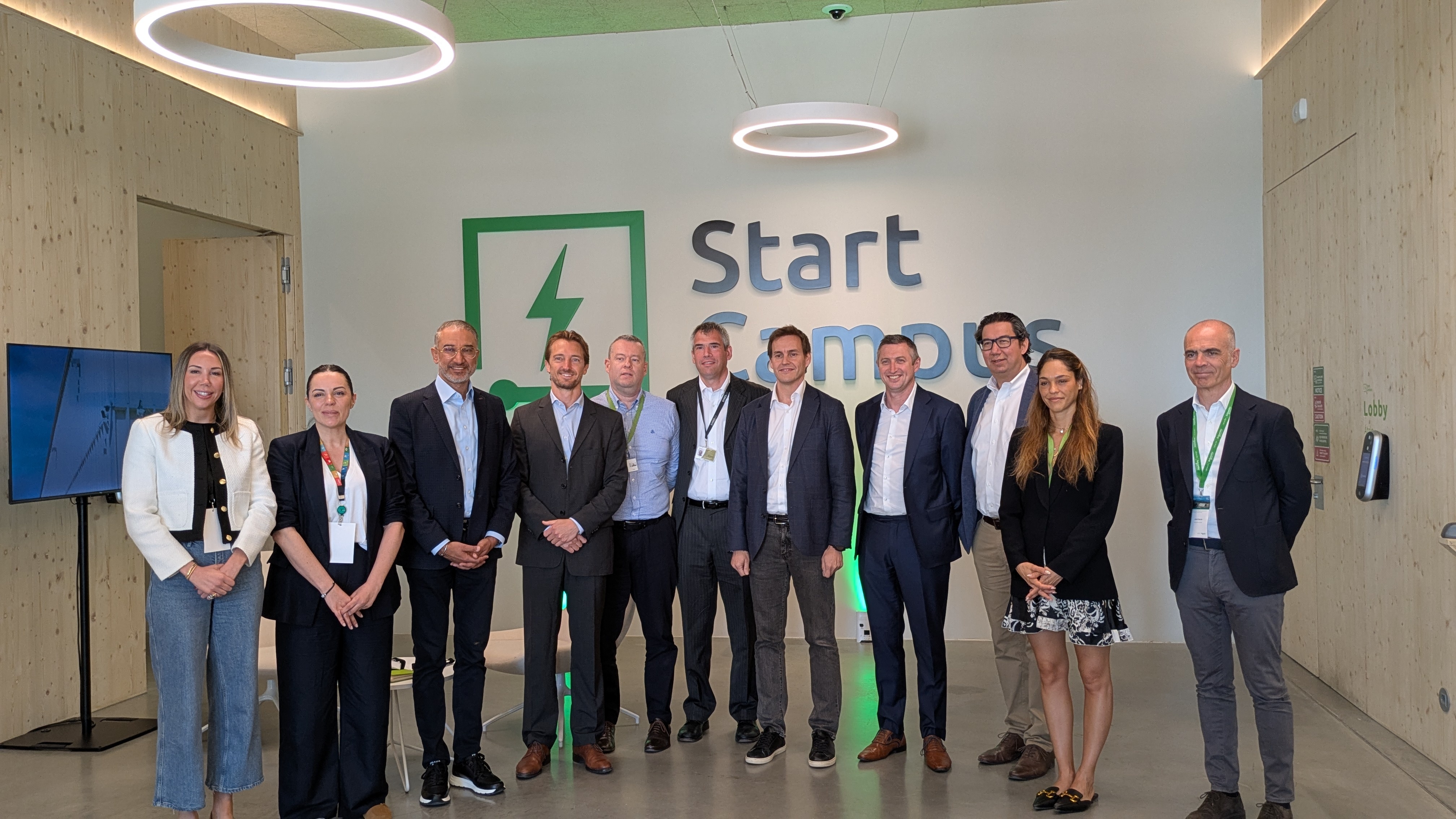There’s a reason why most coal power plants were built by the coast. It’s the ocean, nature’s liquid chiller, where they can pipe cooling seawater through their systems and reduce the heat from production.
Liquid cooling is by no means a new technology, having been first used in the 60s to chill mainframe computers. Most data centers today already use some fashion of liquid cooling, with the average facility consuming roughly 300,000 gallons of water per day.
And, as liquid cooling becomes ever more popular, we must seek ways to implement it in a way that doesn’t cost the Earth. One way to do it is currently being developed in Portugal by the data center company Start Campus which has repurposed the infrastructure of a discontinued coal power plant.
In collaboration with Schneider Electric, Start Campus has seen the construction of a sprawling AI data center campus on the Portuguese coast. The site, which has been operational since October 2024, has been built to be Europe’s largest and most sustainable AI-ready data ecosystem.
The location is crucial; situated in the port town of Sines (pronounced Sin-edge), 100-odd miles south of Lisbon, where there is a deep basin of ocean water to easily pipe through the facility. But the basin is more specific than that – it’s a man-made basin, built to cool the coal mine which still looms in the background of the Sines DC.
Decommissioned in 2021, the power station will soon be pulled down entirely. But the Sines DC will reuse its basic idea for cooling, something quite common in coal and nuclear power stations. Start Campus and Schneider Electric hope it will be a new standard.
“The cooling was a bonus, to be honest,” says Robert Dunn, the CEO of Start Campus. “The two most important things that we looked at when we were considering 100-plus sites were renewable power availability and connectivity. So the power availability was there, we had 500 MW from day one and the transmission network was already there. So we didn’t have to wait years to get that power. And then connectivity was here through the cable landing station which is just a few kilometres away.
“So they were the main reasons and then when we looked at this site, we saw a great opportunity to repurpose some of the existing infrastructure and we always wanted to do something that was innovative, sustainable, and efficient on the cooling side. So being able to repurpose a seawater facility was an obvious choice for us.”
The pipes are still being connected to the first installation in the data center, SIN01. Once fully live the system will cycle around 1,000 cubic meters of seawater per minute for cooling the server racks. The water will then make its way back to the ocean at a slightly cooler temperature, to meet EU and Portuguese regulations. No water will be lost or evaporated in the process, according to Start Campus, as it is expelled back into the ocean where the north-to-south current around Portugal will take it away from the basin.
However, when the seawater system is completed, the Sines DC will still not be 100% liquid-cooled, as there will be just too much residual heat. This, as Dunn explains, is because cooling in the data center is getting more complex and energy-intensive. Within the data Hall of the SIN01 there are the liquid cooling loops and heat exchanges, but there is also air cooling technology. This comes by way of the Schneider Electric acquisition of Motivair. This will form the third element of the facility’s hybrid and high-efficiency cooling solutions – liquid cooling, air cooling, and heat rejection.
(Image credit: Future/Bobby Hellard)
“It’s not just about the seawater that we’ve put in,” Dunn explains. “Cooling and PUE is probably a small part of what we can do, but we have to look at every decision that we’re making. Including the fuel we’re using in the generator and what we’re doing with the landscaping and just trying to support the local community at the same time. It takes daily attention to make sure that you can be as sustainable as possible.”
Data centers consume some 75 billion liters of water per year, according to the Start Campus. Computation is a hot business and the temperature only goes up when you add AI. But with its innovative use of seawater and the system of a decommissioned coal power plant, the Sines DC in Portugal might just be the coolest AI-ready data center in the world.
Source link
